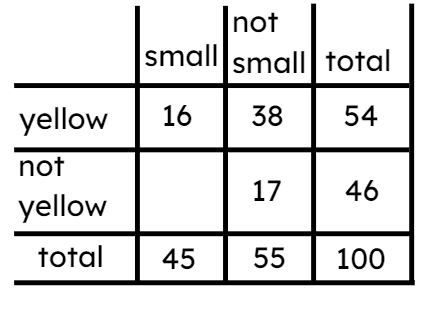Myths about teaching can hold you back
- Year 9
Using two-way tables to display outcomes for two events
I can systematically find all the possible outcomes for two events by using a two-way table.
- Year 9
Using two-way tables to display outcomes for two events
I can systematically find all the possible outcomes for two events by using a two-way table.
These resources will be removed by end of Summer Term 2025.
Switch to our new teaching resources now - designed by teachers and leading subject experts, and tested in classrooms.
These resources were created for remote use during the pandemic and are not designed for classroom teaching.
Lesson details
Key learning points
- Possible outcomes for two events can be listed in a table.
- The outcome table can be used to generate a list of outcomes.
- A list of outcomes can be used to generate an outcome table.
Keywords
Outcome table - An outcome table is a table that shows all the possible outcomes.
Common misconception
Pupils may worry about which event/stage of the trial should be the rows and which should be the columns in an outcome table.
Explain that the rows and columns can be transposed. Depending on the context AB and BA may be the same outcome, whereas in other contexts they may be two different outcomes, so a little care is needed in interpretation.
To help you plan your year 9 maths lesson on: Using two-way tables to display outcomes for two events, download all teaching resources for free and adapt to suit your pupils' needs...
To help you plan your year 9 maths lesson on: Using two-way tables to display outcomes for two events, download all teaching resources for free and adapt to suit your pupils' needs.
The starter quiz will activate and check your pupils' prior knowledge, with versions available both with and without answers in PDF format.
We use learning cycles to break down learning into key concepts or ideas linked to the learning outcome. Each learning cycle features explanations with checks for understanding and practice tasks with feedback. All of this is found in our slide decks, ready for you to download and edit. The practice tasks are also available as printable worksheets and some lessons have additional materials with extra material you might need for teaching the lesson.
The assessment exit quiz will test your pupils' understanding of the key learning points.
Our video is a tool for planning, showing how other teachers might teach the lesson, offering helpful tips, modelled explanations and inspiration for your own delivery in the classroom. Plus, you can set it as homework or revision for pupils and keep their learning on track by sharing an online pupil version of this lesson.
Explore more key stage 3 maths lessons from the Probability: possible outcomes unit, dive into the full secondary maths curriculum, or learn more about lesson planning.

Licence
Prior knowledge starter quiz
6 Questions
Q1.Which of these is not a prime number?
Q2.Which of these is the full factor list of 18?
Q3.9, 27, 36, 45, 81, 108 are all multiples of and 9.
Q4.Which of these fair spinners does not have equally likely outcomes?
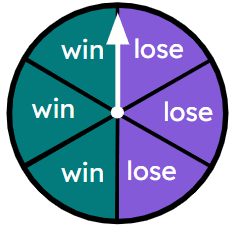
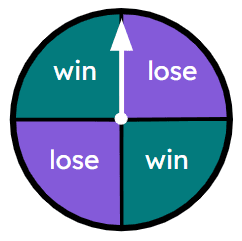
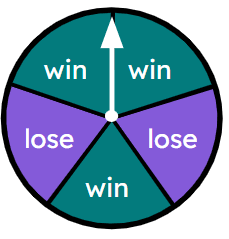
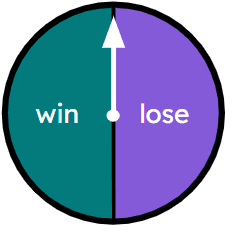
Q5.The possible outcomes from this fair spinner are {leg, pea, ant, nut, }.
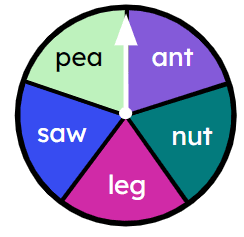
Q6.Which of these calculations leads to a square number?
Assessment exit quiz
6 Questions
Q1.An outcome table is a table that shows __________ of the possible outcomes.
Q2.This outcome table shows all the possible outcomes for which spinner, when spun twice?
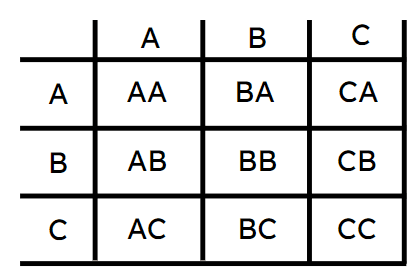
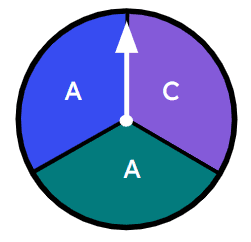
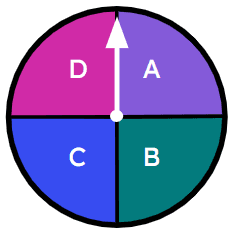
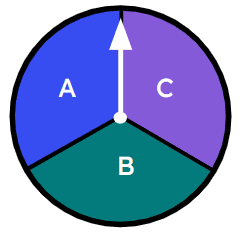
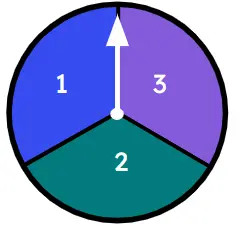
Q3.Two teams are playing a football match. The table lists the outcomes when each team scores 1, 2 or 3 goals. Which outcome table is completed from team 1's perspective?
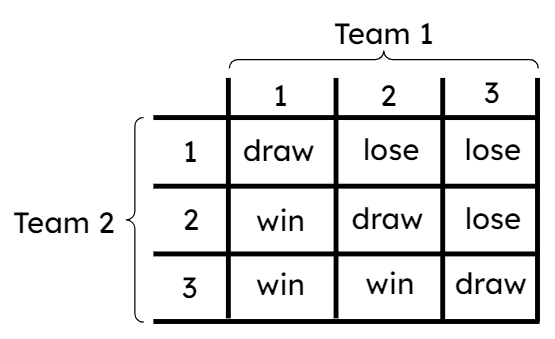
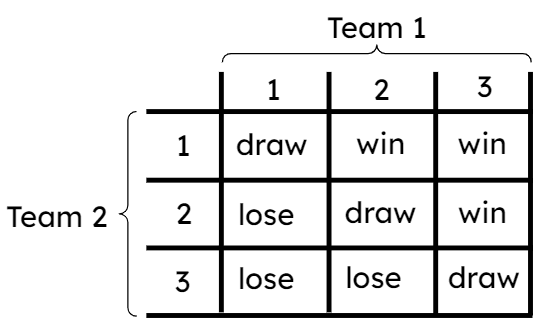
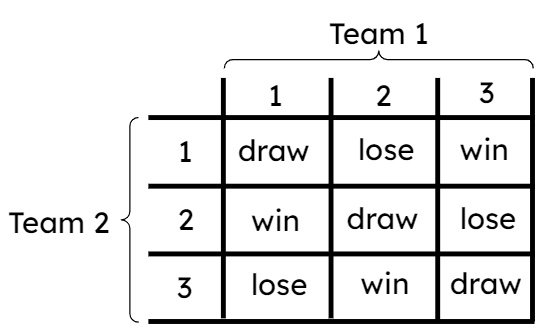
Q4.A spinner is spun. The outcome table shows two events; prime numbers and odd numbers. What is the sample space for the trial?
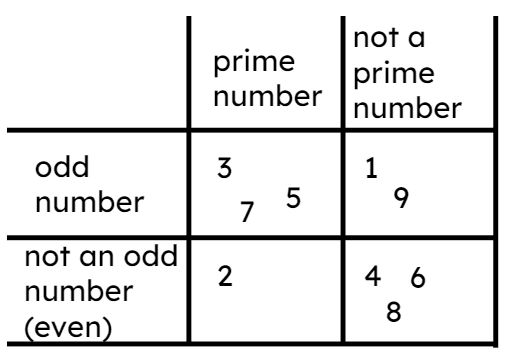
Q5.This two-way table shows shoe size and year group in a school. The number of students who are not in year 7 and have size 5 feet is .
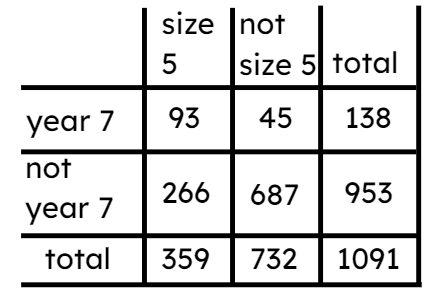
Q6.The missing frequency in this two-way table is .
